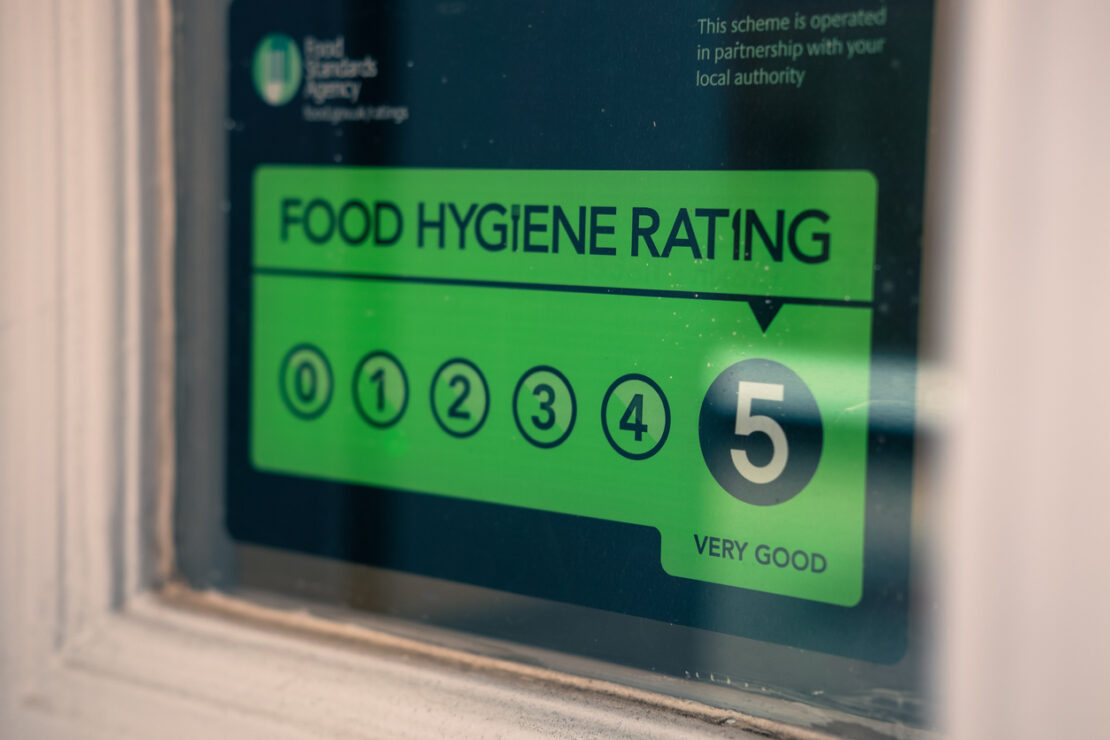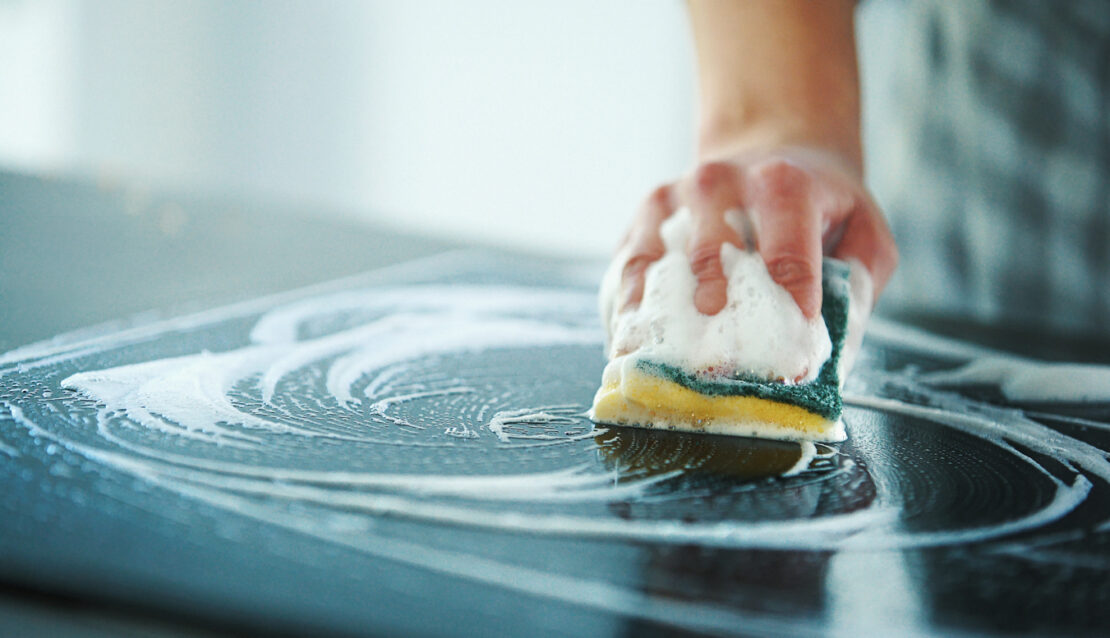Upholding good food hygiene and safety in your business must stay at the forefront of your daily processes. Without a good routine, you could let standards slip and be unprepared for your next food hygiene inspection, which could leave you with a less-than-satisfactory rating.
This is why having a food hygiene rating scale is beneficial – it helps standardise food hygiene across catering, regardless of whether you’re in the healthcare or education industry. The rating holds you accountable for your standards and means you can work towards improving your score if necessary. Want to know more about the food hygiene rating scales and their purpose? We’ve got you covered in this comprehensive guide.
What is the purpose of the food hygiene rating scheme?
All businesses that handle food in any way must have a food hygiene rating, whether you’re a food packaging warehouse or a catering team within a school.
The purpose of this is to provide a standardisation of food hygiene and show where your business fits into the scale. Customers can easily see the score since it must be displayed on the premises and they can also use it to understand the standard of hygiene within the business, giving them the clarity they deserve before choosing to use their services.
Food hygiene rating levels
Your business will be rated on a scale from zero to five, with zero being the worst score and five being the best.
Any rating lower than three means that improvements must be made to bring the hygiene standards up to a satisfactory level. A rating of three or above means that the business has a satisfactory hygiene rating and no improvements are necessary. However, for businesses awarded a food hygiene rating of three or four, recommendations for how to boost hygiene standards might still be offered after the inspection and awarding.

Your level will be given to you either at the time of inspection or up to 14 days after. You’ll then receive written confirmation of your rating and the reasoning behind your rating.
How often are food hygiene ratings done?
Food hygiene ratings are normally provided every 12 months, but if you have a lower rating, you might be assessed every 6 months. If you do receive a low rating, you’ll be given advice and some time to improve your standards before another inspection of your business takes place.
At each inspection, the following will be checked by a local authority food safety officer:
- Food handling – how food is prepared, cooked, re-heated, cooled and stored
- The physical condition of your business – cleanliness, layout, lighting, ventilation, pest control and other facilities
- Food safety management – looking at processes, training, and systems to ensure good hygiene can be maintained
How to improve and maintain your business food hygiene rating
Achieving and maintaining a high rating can ensure your customers are confident in your business and means you can build a good brand reputation. Here, we’re offering our top tips for how you can help maintain a high rating for your catering team.
Improve cleaning standards
Cleanliness is a huge part of hygiene, so make sure to hold a refresher training session or two on how to clean workstations and other areas of the business. Being in the habit of cleaning at least once a day will mean that at your next inspection, this will be second nature, and your score should improve.

Cleaning properly involves having all the necessary supplies stocked within your premises, including cleaning sprays, solutions, wipes and mops. It also means that a thorough job must be done – so cleanliness should always be checked by somebody else to make sure it’s up to standard!
Be aware of contamination
Having a system for food storage and preparation that avoids contamination is something that can help you maintain better food hygiene overall. Contamination is a big no-no in the food industry, and you should ensure you’re doing everything you can within your practices and processes to prevent it. You must also have a process for what to do if food does become contaminated, and everybody in your team should know this.
Create & stick to hygiene guidelines
Ensuring your team is following basic hygiene at all times can sometimes be skipped over, but it can serve as a good reminder that something so simple can make a huge difference to your overall hygiene. You can simply encourage things like regular hand washing and wearing gloves when necessary and let your team know that long hair should be tied up during food preparation. Having set hygiene practices and enforcing that these must be followed can also help you see where improvements could be made.
Keep a cleaning record
Having a rota for cleaning key areas and recording when this is completed can cement this habit within your team. The physical record is also something you can show a food safety inspector to indicate that you have a plan in place for maintaining the standard of cleanliness that they should be seeing on their inspection day for your premises.
Food hygiene rating scales are hugely beneficial to the food industry. Not only do they provide customers will full clarity on the hygiene standards of a business, but the rating also holds businesses accountable for their practices. To learn more about standards in catering and how you can improve your food business, head to our blog.


